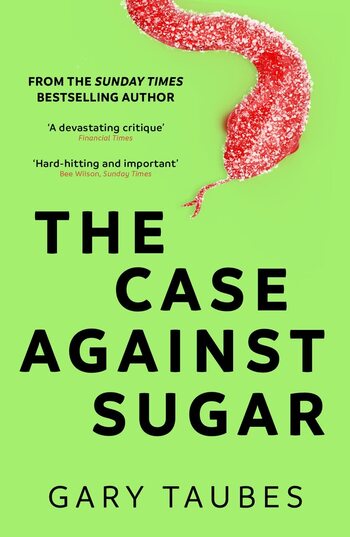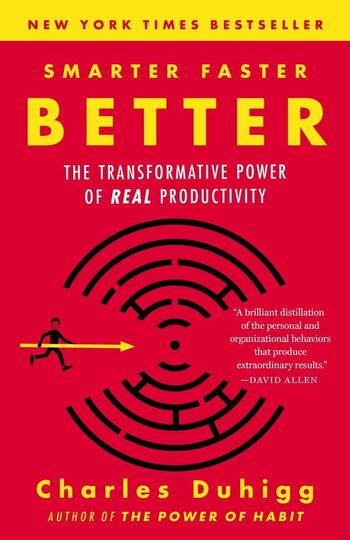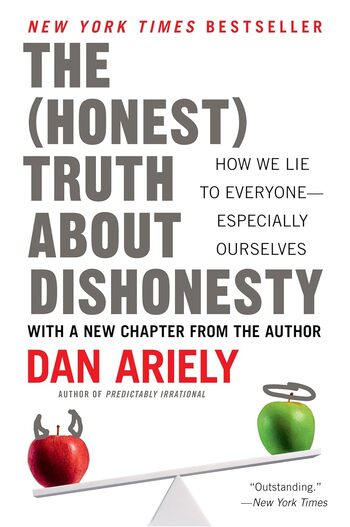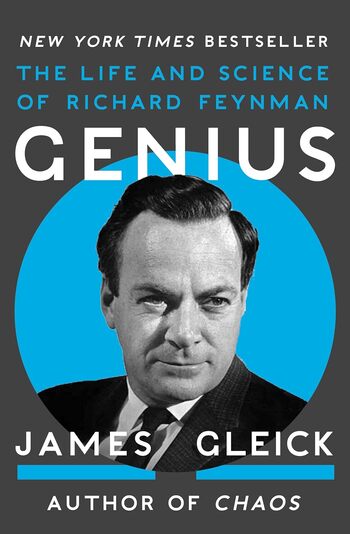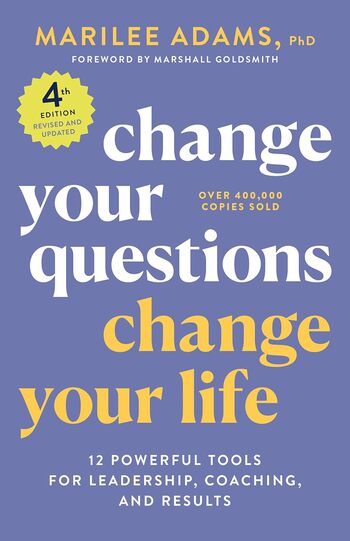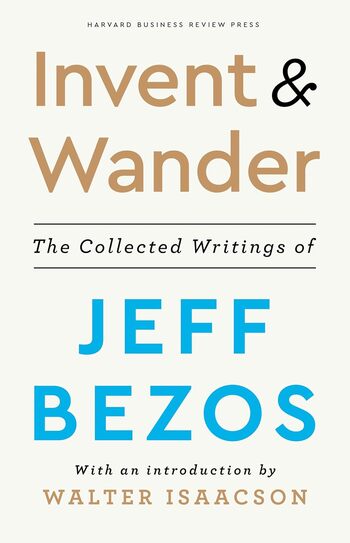
Doughnut Economics presents a model where humanity thrives within the ecological ceiling and social foundation, emphasizing sustainable and equitable economic practices.
Main Lessons
- The Doughnut model balances social needs and ecological boundaries to guide sustainable development.
- Traditional economic models miss essential aspects of wealth, overlooking household, societal, and state contributions.
- Circular economics emphasizes reusable goods and waste repurposing, protecting the environment while fulfilling societal needs.
- GDP is an incomplete growth measure, failing to account for non-market goods and essential societal contributions.
- The outdated Rational Economic Man model simplifies and misrepresents human behavior, focusing excessively on self-interest.
- True economic wealth should redefine growth beyond GDP metrics, considering comprehensive metrics that incorporate societal well-being.
- The traditional circular flow model ignores key factors, like unpaid labor and shared resources, distorting economic understanding.
- Inequality cannot be solved by mere economic growth; innovative solutions like secondary currency can help reduce disparities.
- Environmental sustainability isn’t a luxury; converting linear economies to circular ones maintains ecological responsibility.
- Economic resilience requires considering systemic interactions beyond traditional supply-demand equilibrium models.
- High-income nations often have large environmental footprints, contradicting assumptions that they can ‘afford’ sustainability.
- Economic policies should reflect complex human interactions, balancing self-interest and fairness.
- Adopting a green growth model, focusing on renewable energy, offers an alternative to traditional growth-centric views.
- The economy must adapt to environmental limitations, redefining growth to prioritize long-term stability over short-term gain.
